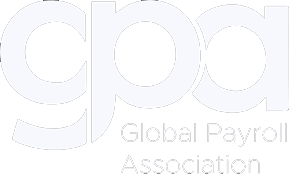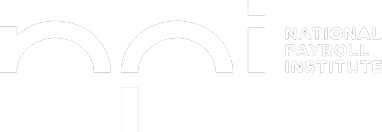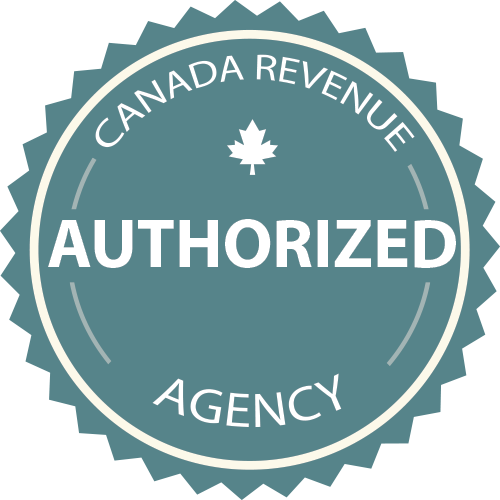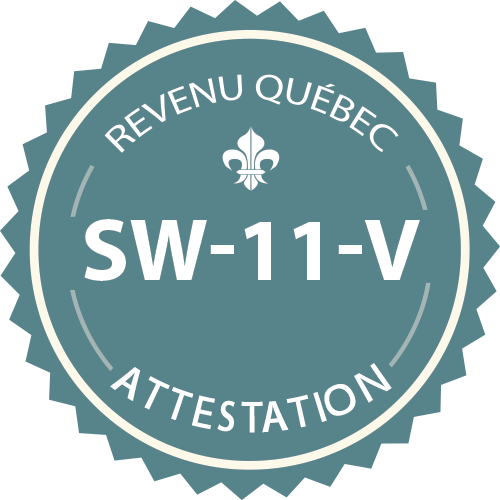Introduction
Payroll management plays a crucial role in the success of any business. For Canadian companies, staying on top of payroll regulations and compliance requirements can be challenging. The complexity of payroll today demands precision, updated knowledge of taxation rules, and timely, accurate remittances to various governmental bodies. In this comprehensive guide to payroll management and compliance for Canadian businesses, we provide valuable insights and best practices to help business owners and HR professionals handle payroll systems with ease and accuracy.
First and foremost, it’s essential to understand the different aspects of payroll management. Canadian payroll entails an array of tasks, such as employee classification, labour standard compliance, tax withholdings, employee payroll payments, and remittances, to name a few. It’s crucial for businesses to be familiar with federal and provincial or territorial regulations to ensure compliance and avoid penalties for non-compliance. This guide will delve into these aspects, providing a better understanding of the landscape for Canadian payroll management. Ensuring timely and accurate payments to employees is a key element of retaining a motivated workforce. Therefore, a well-structured payroll process needs to consider potential issues that may arise from late or incorrect payments.
Canadian Payroll Management: A Comprehensive Guide
Understanding Employee Classification and Labour Standards
Employee classification is the first step to navigating the complexities of Canadian payroll systems. In Canada, there are three primary categories for workers: full-time, part-time, and contract. Each classification comes with its own set of rules and regulations that impact payroll compliance, to which all businesses must adhere.
Apart from classification, payroll management also encompasses compliance with labour standards, which differ at the federal and provincial/territorial levels. Such standards provide guidance on matters such as employee entitlements, minimum wage, statutory holidays, and vacation pay. It is crucial for employers to stay current with these regulations to avoid penalties and ensure a fair and equitable work environment for their employees.
Hence, being well-versed in employee classification rules and respective labour standards can safeguard businesses in Canada against potential compliance issues. Understanding these aspects is the foundation for an effective payroll management system.
Tax Withholdings and Remittance Obligations
Tax withholdings and remittance obligations can be complex to navigate for Canadian businesses, but they are a fundamental aspect of payroll management. Employers are required to withhold income tax from employees’ wages and remit it to the government. This includes both federal and provincial taxation, and employers are obliged to follow the guidelines provided by the Canada Revenue Agency (CRA).
Additionally, employers are required to withhold and remit both the employees’ and the employer’s portions of contributions to the Canada Pension Plan (CPP) and Employment Insurance (EI). The rates and contribution limits for these programs change periodically, which emphasizes the need for Canadian businesses to stay current with regulations.
Calculating and remitting taxes accurately and on time is of utmost importance in Canadian payroll management. Late remittances can lead to penalties, and interest charges, and even audits. Therefore, establishing an efficient tax withholding and remittance system is vital to ensuring compliance and avoiding unnecessary complications.
Streamlining Payroll Management with Technology
In the digital age, technology has become an indispensable tool for businesses to streamline their payroll management and make it more efficient. A cloud-based payroll solution like the WorkLinks application offers seamless and accurate payroll processing, ensuring companies stay updated with changing regulations and compliance requirements.
WorkLinks’ end-to-end payroll solution allows businesses to automate processes such as tax calculations, deductions, and remittances. This minimizes the risk of errors and delays associated with manual data entry and payments. The cloud-based platform stores all information securely and offers real-time access to payrolls, making reporting easier for employers.
Furthermore, adopting a comprehensive payroll software solution takes away the stress of keeping up with changing regulations since the system is updated as new guidelines are released. This frees up time and resources for businesses to focus on their core operations, trusting that their payroll management is streamlined and compliant.
Continuous Learning and Improvement in Payroll Management
Payroll management is an ever-evolving landscape and Canadian businesses need to stay informed about changes in regulations and best practices. By engaging a reputable payroll provider and proactively participating in learning and improvement opportunities, employers and HR professionals can ensure that they not only remain compliant, but continue to drive their business toward success.
Multiple resources are available to facilitate this learning process. Publications by the CRA, industry conferences, and workshops can provide valuable insights into industry trends, best practices, and upcoming regulatory updates. Networking with industry professionals can also help spread knowledge and elevate the effectiveness of strong payroll management practices.
Conclusion
Effective payroll management plays a significant role in the success of Canadian businesses. By understanding employee classification and labour standards, employers can lay the foundation of an efficient payroll process. Ensuring timely tax withholdings and remittances is crucial for compliance and avoiding penalties.
Technology has revolutionized payroll management, making it more accessible and streamlined than ever. Cloud-based payroll solutions like WorkLinks can simplify the payroll process, ensuring accuracy, compliance, and real-time reporting.
Finally, continuous learning and improvement are key to staying up-to-date with changing regulations and best practices in payroll management. Embracing technology and committing to ongoing education in payroll management will create an environment that fosters employee satisfaction, complies with Canadian regulations, and contributes to the long-term success of your business. Experience the benefits of an intuitive and comprehensive end-to-end payroll solution by exploring WorkLinks today.






